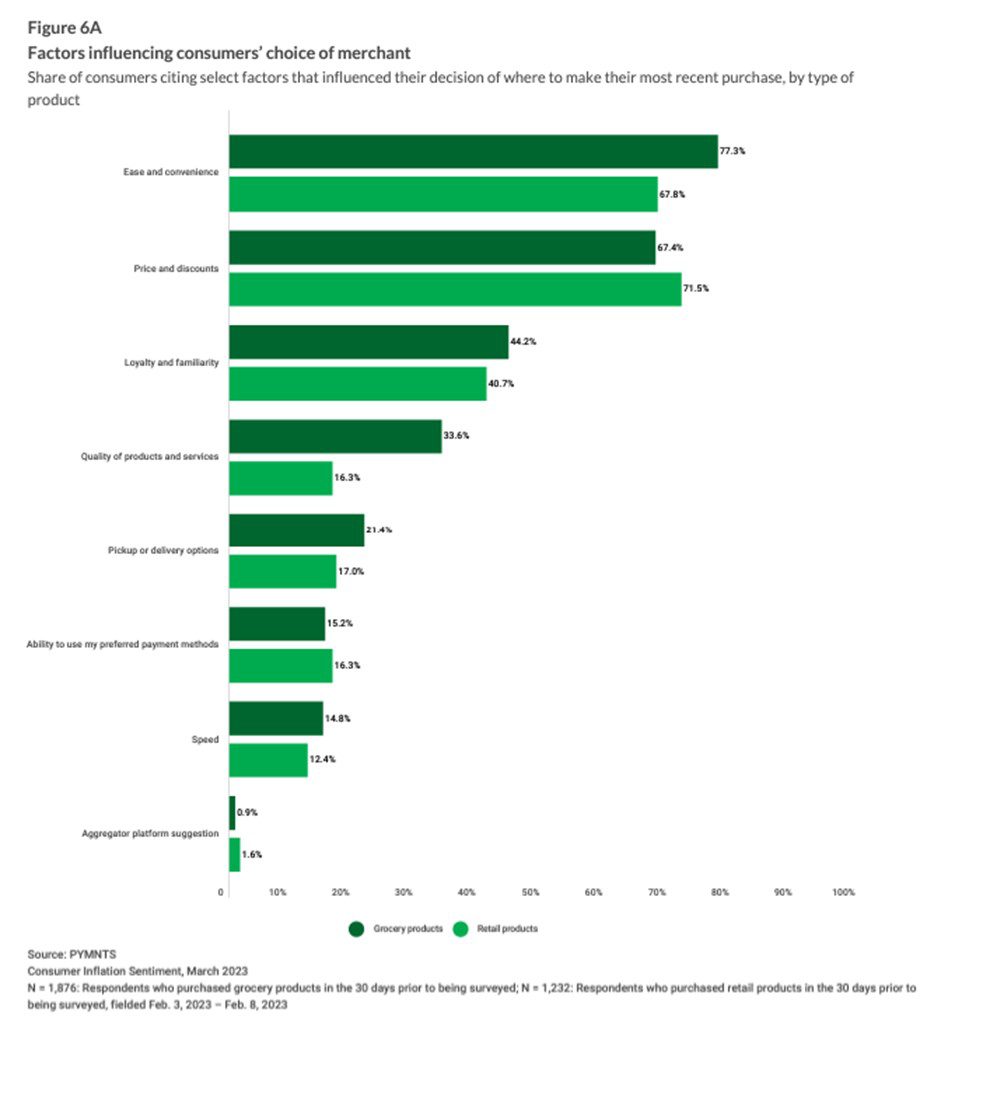
January’s consumer spending numbers have turned out to be a temporary reprieve, as customers continue to cut back.
The most recent Commerce Department spending numbers were released on Wednesday (Mar. 15) and showed overall sales slumping 0.4%, a sharp drop compared to the previous month’s 3.2% rise. Retail sales specifically dipped 0.1% month-over-month. The news comes on the heels of the previous day’s Consumer Price Index release, which demonstrated an overall inflation slowdown, although the cost of essentials such as groceries and shelter remain high, at 9.2% and 8.1% respectively year over year.
These numbers align with PYMNTS’ data, which has previously indicated that January’s spending bump may have been temporary. Furniture sales were boosted by promotional financing, for example, and discretionary retailers’ earnings reports earlier in the month indicated consumers are foregoing non-essential purchases. This also goes along with retailers’ forecasting outlooks of a “very, very soft” 2023.
Although retailers can’t wave a wand to increase customer’s budgets and loosen their wallets, there may be other methods to maintain merchants’ much-needed revenue. As noted in the PYMNTS report “Consumer Inflation Sentiment: The False Appeal of Deal-Chasing Customers,” other factors come into play when it comes to shoppers’ merchant preference.

Although prices and discounts reign supreme these days in influencing customers’ merchant choice, it is far from the only factor. Indeed, nearly all the other major factors might fall under the larger umbrella of improved retail customer experience, from pick-up and delivery options (cited by 17% as an influence) to the ability to use a preferred payment method (cited by 16%). This suggests that retailers focusing on improving the experience for their shoppers might see a return on any investments in increased sales or repeat business.
This strategy is so far working well for Fabletics, which has integrated mobile devices throughout their shopping experience, leaning into the 46% of consumers that use smartphones in-store. Their OmniSuite point-of-sale system blends the online and in-store experience.
A cross-channel approach has also been successful for the beauty and wellness sector, demonstrated in Ulta’s record $10 billion in Q4 sales. Their cross-channel offerings throughout their 1,300 stores combine tangible product discovery and platform integration along with live retail help.
As retailers find their own paths towards surviving these spending dips, a renewed focus on keeping consumers happy may help retain revenue — be it through cross-channel offerings, broadened payment options or old-fashioned service with a smile.